#Eli Valley
Explore tagged Tumblr posts
Text






Campus in Crisis! by Eli Valley
May 3, 2024
#politics#student protest#eli valley#genocide#freedom#students#strike#UCLA#ucla protests#protest#michigan#protests#cats of tumblr#COMICS#LOL#humor#TWEET#documentary#photojournalism#tel aviv#jerusalem#palestine news#columbia university#NYU#wow#gaza#Palestine#free speech#free palestine#news
63 notes
·
View notes
Text
I love the Haggadah, the guidebook to the Passover seder, because it's one of the few Jewish texts that embraces imagery, and because its imagery has evolved to reflect the perspectives of particular periods and communities. One section in particular, the Four Sons (updated to Four Children) frames various approaches to questioning and answering the Passover narrative. They each embody types: the Wise Child, the Wicked Child, the Simple Child, and the Child Who Does Not Know How To Ask. It's the representations of the Wicked Child that fascinate me. The Wicked Child is said to cut himself off from the community, and in turn the community is obligated to ostracize him. He is what we might call a “self-hater." For hundreds of years, Haggadot in Europe depicted the Wicked Child as a warrior, his uniform updated for the region and era in which the story was retold. It was a point of Diasporic pride that Jews and war—and, by extension, Jews and empire—were incompatible. Not just incompatible: mutually exclusive. Judaism was fundamentally opposed to tyranny and all its trappings. Soldiers were intrinsically wicked, their armaments signifiers of depravity.
Then, after 1948, this imagery was reversed, and the uniform vanished. Not only was it no longer acceptable to depict the Wicked Child as a soldier; it was now often the Wise Child, typically the hero, who'd get that role—depicted as an Israeli soldier, of course. There are Israeli Haggadot with soldiers everywhere, not just among the Sons. And not just Haggadot; some of my favorite Rosh Hashanah cards involve soldiers, tanks, gunships, and aircraft carriers. "Have a sweet New Year, also here's a hand grenade!" It's almost a parody of the traditional antipathy for warriors, and a brutal denial of what used to be intrinsic to Judaism. I know Zionists will read this differently—pre-state Jews feared armies because they had no sovereignty, we need our own nukes, etc. The gleaning I take is that neither culture nor self-imagery is static. Contexts change, authenticity is subjective, culture is fluid. The one constant is that the Haggadah itself, and everything it represents, is our cultural firmament, and it is everybody's. Imagery, tradition, family, history, narrative: they're all part of the ever-morphing palette of art.
Who knows, maybe one day we'll stop policing legitimacy based on conformity to twentieth-century dualities etched in stone. In the meantime, we have comics.
Eli Valley, Diaspora Boy: Comics on Crisis in America and Israel (2017)
80 notes
·
View notes
Text

Eli Valley shows Genocide Joe and Netanyahu in action.
26 notes
·
View notes
Text

it's joever
joe mama
joe biden podcast
#joe biden#joe rogan#eli valley#political cartoon#a good cartoon#its funny because that's how i view every eli valley comic#nothing but a mass of skin and flesh made to look like someone recognizable#maybe i am overexaggerating#but still
0 notes
Text

“The Biden Pitch” —Eli Valley
0 notes
Text

i swear there was a image similar to this but i can't find it :( anyways this is what it feels like when you try to court shane
#can you tell that i love doing bgs (extremely sarcastic i HATE DRAWING BAFKGROUNDS)#but it looked too boring w/o it so. yeah.#stardew valley#stardew valley fannart#stardew valley fanart#stardew valley art#stardew valley shane#sdv#sdv shane#shane stardew valley#sdv fanart#farmer eli#my art#i gave up on the flooring and its very obvious
12K notes
·
View notes
Text
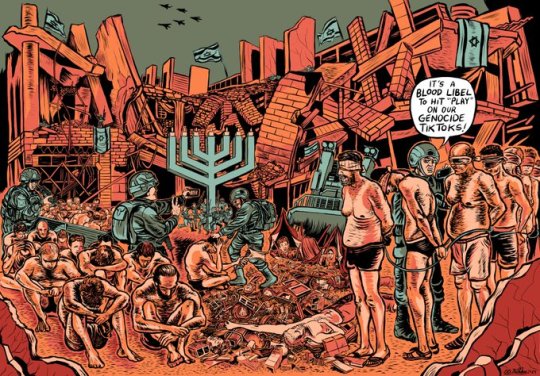
Art: Eli Valley
Eli Valley is a Jewish Currents contributing writer.
#genocide#palestine#gaza#humanitarian#human rights#war criminals#war crimes#crisis#crimes against humanity#refugee crisis#artists on tumblr#palestinian art#my art#digital art#illustrator#Eli Valley#cartoon#humanity#humour#nature#rachel#freedom#free gaza#icj#icc#iof#Rachel corrie#Israel#apartheid#GIF
13 notes
·
View notes
Text
A helpfull step by step guid on how to turn your EtC jason & tim fics into Etc Jean-Paul Valley & tim fics
for people who have never read a comic <3
i made a power point
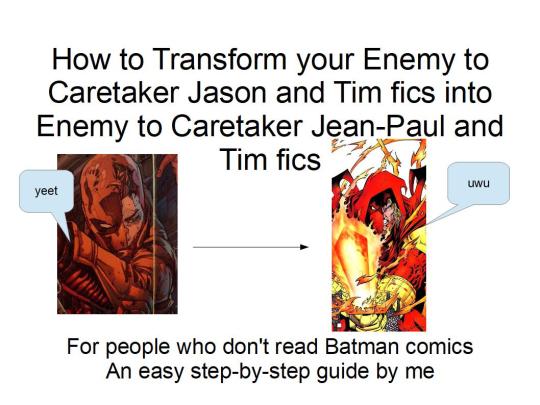
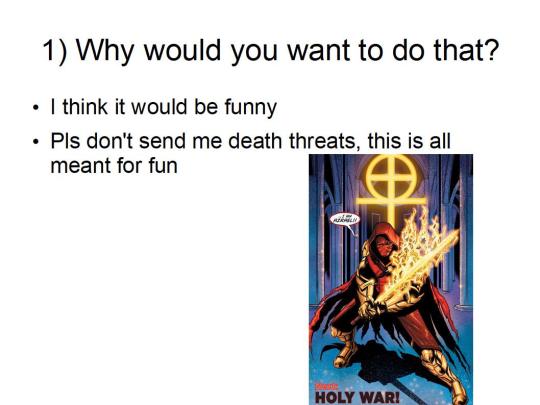
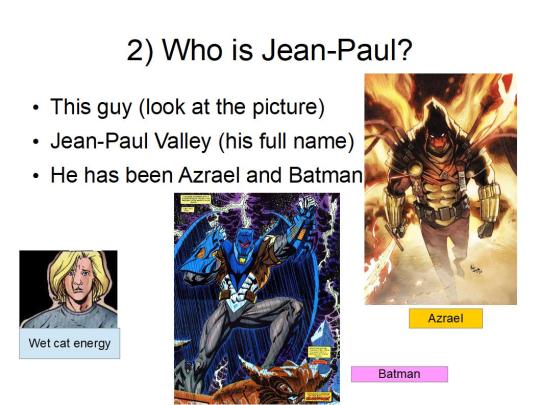
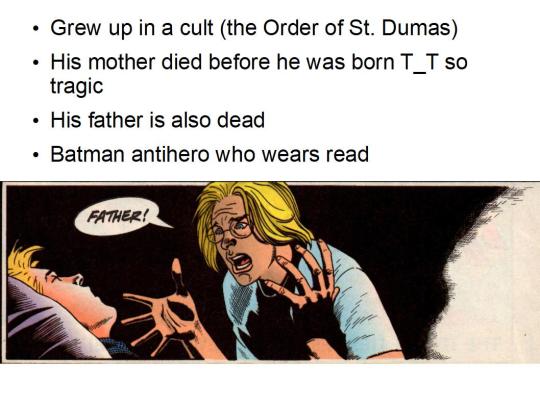

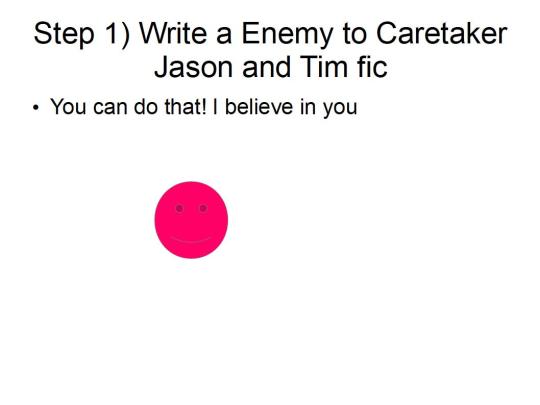
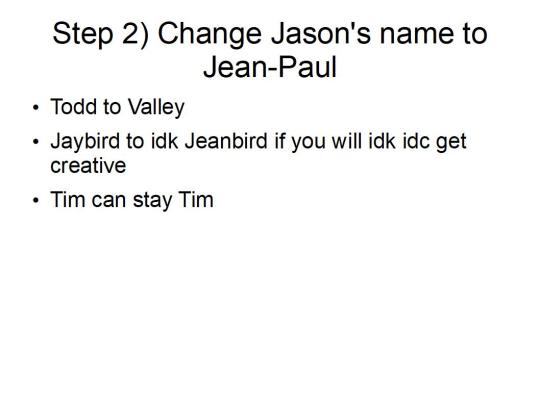

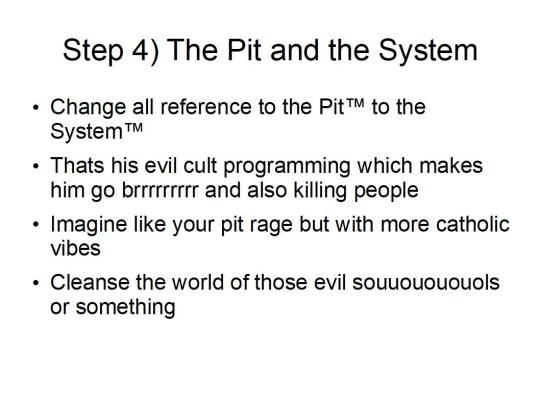
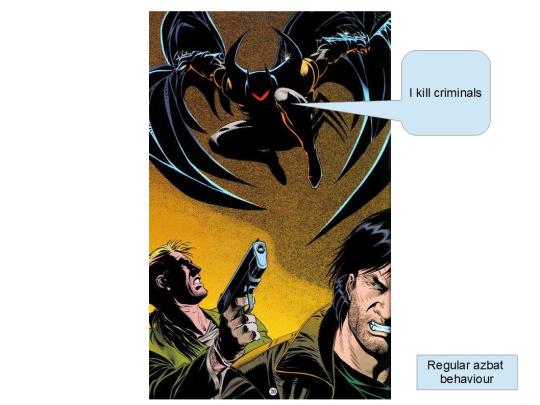

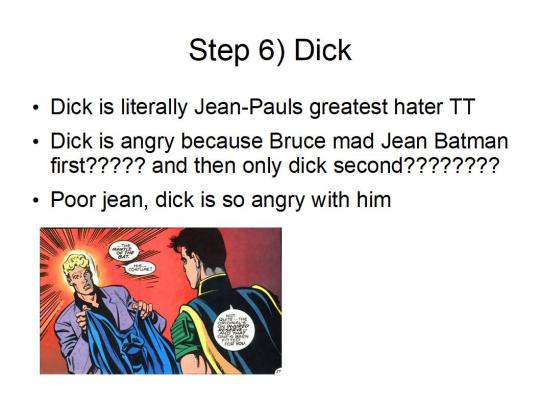
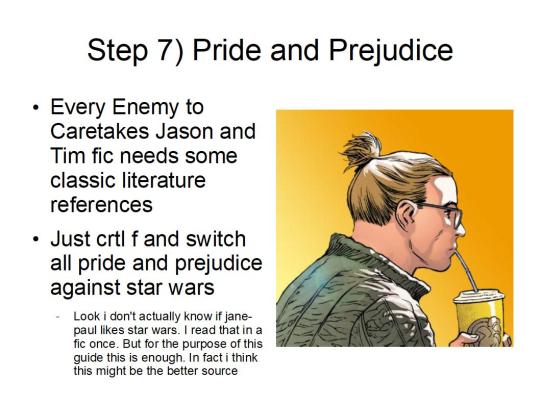
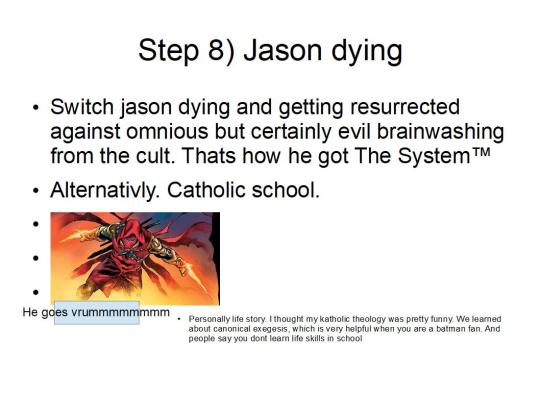


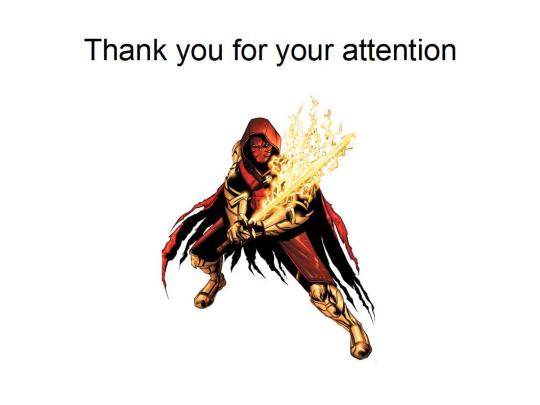
#batman#jean paul valley#jpv#jason todd#azrael#i think im very brave for tagging this with jason todd#elis posts#long post#batman fanon#well#shitpost
974 notes
·
View notes
Text


backwater boys
#i think of rentor as like. a coloma/grass valley/auburn type of area#like yes these are cities in california and they're not far from the capitol#but yee's will still be haw'ed! so help me god!#thrawnposting#thrawn#eli vanto
87 notes
·
View notes
Text
thinking about how hawk joined miyagi do instead of eagle fang in s4 after the two dojos split again just because he's in love with demetri demetri asked him to
#'you're choosing eagle fang over your best friend'#fuck no he's not!!!#i want to unpack their s4 basement scene so bad rn#like the fact that eli chooses miyagi do because he doesn't have to be this asshole anymore#he can be himself and he can have karate#he can redefine himself#and demetri will love him no matter what#other than the whole identity thing#he really did just join miyagi do to be with demetri and to do the tournament together#and i think that's really cute#like we saw literally no other reason for hawk to choose miyagi do there was never a connection there#he said well my boyfriends over here so i guess i gotta be here too#hawks season 4 arch is something very near and dear to me#the fact that he wins the all valley as 'eli moskowitz'#he wins when he finally finds balance and confidence in who he actually is#instead of thr asshole he thought he needed to be#eli moskowitz#demetri alexopoulos#hawkmetri#elimetri#binary boyfriends#ck#ck s4#cobra kai
97 notes
·
View notes
Text
While you were hypersleeping three…..

110 notes
·
View notes
Text

my partner’s stardew valley oc, abel (who is romancing elliott)!
73 notes
·
View notes
Text

I cannot listen to this part of the Powerline Valley and not think of Eli Ever.
#vicious#eli ever#eli cardale#victor vale#vengeful#evervale#sydney clarke#villains duology#mitch turner#v e schwab#ethel cain#powerline valley#ethel cain unreleased
20 notes
·
View notes
Text


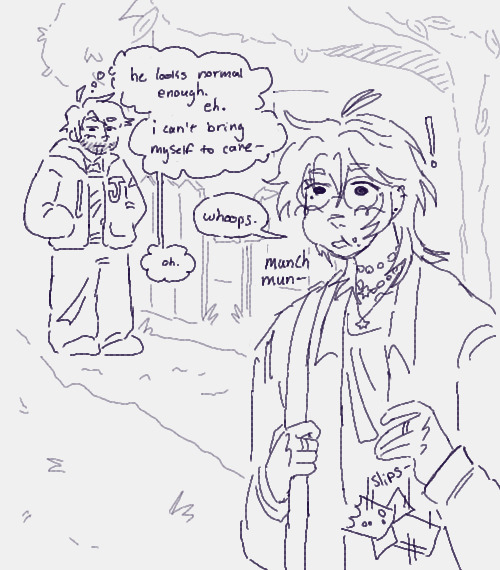
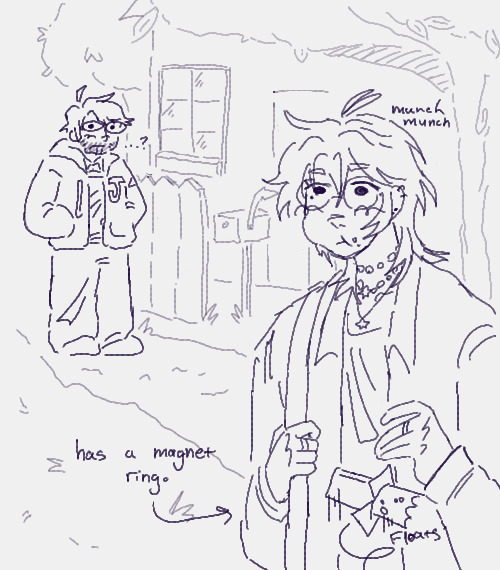


the concept of the farmer being a literal anomaly to the townspeople bc of their in-game features and add-ons will always b so funny to me. so heres a little silly doodle i made.
(edit: ermm... numba two)
#shane would probably just move on w his life uncaring. but for the funny i added the last pannel#nd also introducing my farmer lmao#farmer eli#stardew valley#stardew valley fanart#stardew shane#stardew valley shane#shane x farmer#? i guess#sdv shane#sdv fanart#sdv farmer#stardew valley farmer#stardew valley oc#stardew farmer#my oc#sdv#maybe i’ll post an actual ref to properly introduce him#my art
10K notes
·
View notes

